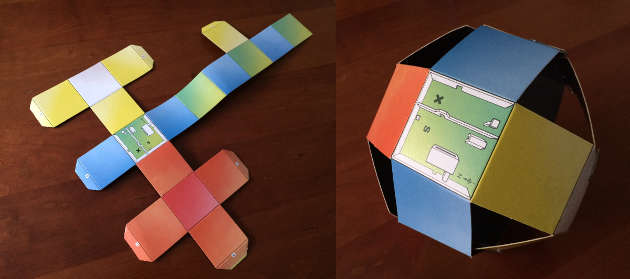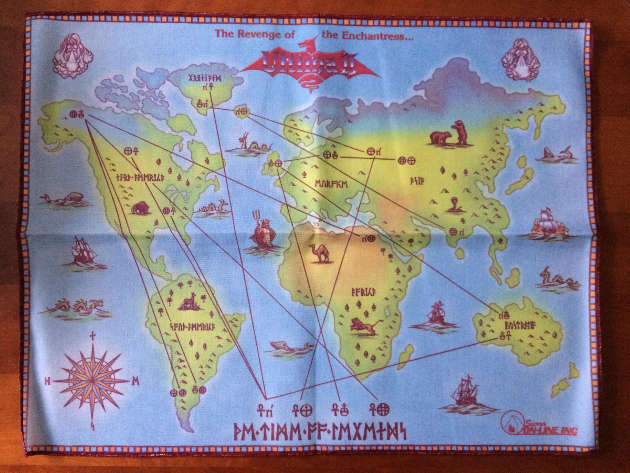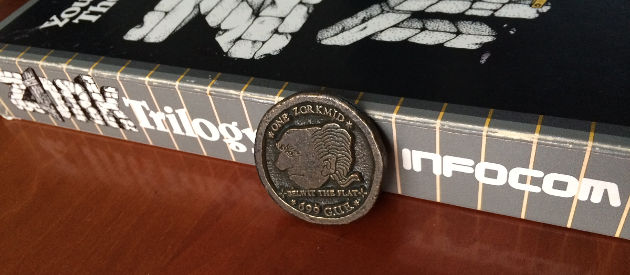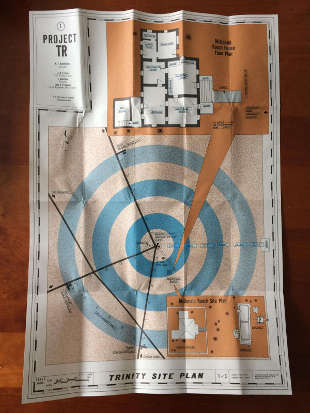
|
||
|
Retrogaming |
Feelies, trinkets, and propsGraphics and sound capabilities of early 8-bit home computers may be regarded as extremely modest from a modern perspective. Bitmap graphics, if provided at all, generally did not exceed a screen size of 320 by 200 pixels with a color palette of perhaps 16 or fewer fixed colors. For some computers generating sound was limited to a single-voice square-wave affair, played through a small built-in speaker (but some were equipped with a dedicated multi-voice, multi-timbral sound chip with programmable filters and proper ADSR generators, giving a platform for the rise of the chiptunes genre). As a rule could directly address not more than 64 kilobytes bytes of memory, and often had less than that actually installed. Software would typically be loaded from media such as 5.25" floppy disks (when floppy did mean floppy) and audio cassettes, with software trickling in at a leisurely pace of 300 bits per second in some configurations. Yet these machines ran games that are remembered today as having been exciting, addictive, and even epic, with memorable and endearing characters like Rockford in Boulder Dash or Floyd in Planetfall, and emerging technologies such as Infocom's virtual machine and Incentive Software's Freescape engine. It is a fact that enormous fun was had, notwithstanding blocky sprites and lo-fi mono sound. Seemingly to augment the limited capabilities of computers and low capacity of storage media, a number of games came with elaborately illustrated booklets, maps, coins, and other props. In some cases the information provided by these additions was necessary to play in the first place and perhaps inadvertantly functioned as copy-protection. A 100-page manual describing vital magic spells is a lot more work to copy than two or three diskettes, for instance. These tangible extras sometimes are referred to as "feelies" (a word first found in Aldous Huxley's Brave New World to describe movies that offer tactile sensations, analogous to talkies), notably in the context of Infocom's interactive fiction titles, and sometimes as "trinkets" for the amulets and coins found in the Ultima series. Objects like these could help to achieve something like immersion in games running on constrained platforms, and could play a supporting role in enabling suspense of disbelief in a pixellated or text-only world. They projected the game beyond the cathode ray tube onto the player's desk and into his hands. Especially role playing games and text adventures that required a greater involvement and investment in time in order to progress and eventually win featured these additions. Interestingly, there were publications that had no content-related material whatsoever. In Activision's Hacker for example, the player takes on the role of a computer enthousiast who accidentally breaks into a remote computer system after calling the wrong telephone number (this is the age of dial-up) and discovers a sinister conspiracy that he then must undo. In this case the absence of information is a plot element to which any included manual would be contrary. Needless to say, many titles of the feelie-sporting kind have become sought-after classics for collectors, and high prices are asked and paid for CIB - or "complete in box" - examples. Whether concrete additions were functional, or just fun, or were included to increase sales, or constituded a copy protection, they seem to have become a thing of the past. Modern games are multimedia experiences that come to the consumer as a single DVD in an otherwise empty flat plastic case, or, even more efficiently, simply as a download code - "Background story and instructions provided on-screen; quad-core processor and 8 GB of RAM strongly recommended". Now, to relive one aspect of the excitement of an earlier age of gaming, here's one collector's top 5 of feelies, trinkets, props, whatchamacallits and thingamajigs. Top 5 classic computer game props5. Trinity site plan (Trinity, 1986)4. Rhombicuboctahedron (Driller, 1987) Driller is an early example of an FPS. It was built on a 3D engine named Freescape, years before Doom, and in another age of computing. In Driller the player is supposed to find a number of cardinal spots to drill through on a polyhedron enveloping the moon Mitral. As an orientation aid a cardboard representation of this rhombicuboctahedron is provided in the package. The facet where the player starts his mission is already filled in to help him on his way. (Incentive Software/ Major Developments) 3. Shuriken (Last Ninja 2, 1988)(No picture yet) It may be argued that in some games feelies were added simply to attract buyers. Take the inclusion of a shuriken in early Last Ninja 2 packages, for example. One doesn't need a real-world weapon to beat an adversary on screen, but no one will disagree that for all kids of ages 7 to 77 it must be quite neat to have a deadly projectile within reach while picking one's ninjatic way through 20th century New York, the glass barrier of the CRT notwithstanding. (System 3) 2. Cloth map (Ultima II, 1982) Most Ultima games came with lavishly illustrated manuals and the odd trinket, but the venerable series might not have become wat it is (or was) without the famous cloth maps. Ultima II was the first installment to be supplied with one, and it's an exciting one at that. You see, unlike the subsequent games, Ultima II for a large part takes place on Earth - but not our own Earth... Although this version has the same continents and oceans, there are roaming demons and dungeons too, along with with time doors and the odd (and I do mean odd) town. (Sierra/Origin) 1. Zorkmid coin (Zork Trilogy, 1986) This feelie was originally intended to be included with the grey box version of Zork I. Manufacturing issued interfered, but eventually the coin turned up in the Zork Trilogy released in 1987. A Zorkmid is the so-called coin of the realm, the currency unit of the Great Underground Empire. Belwit the Flat, the second king of the Flathead dynasty, is embossed on the obverse with the year 699 G.U.E., while on the reverse we can read "In Frobs we trust" over a depiction of Egreth Castle. (Infocom) (Originally written 2017/02/11)
|
